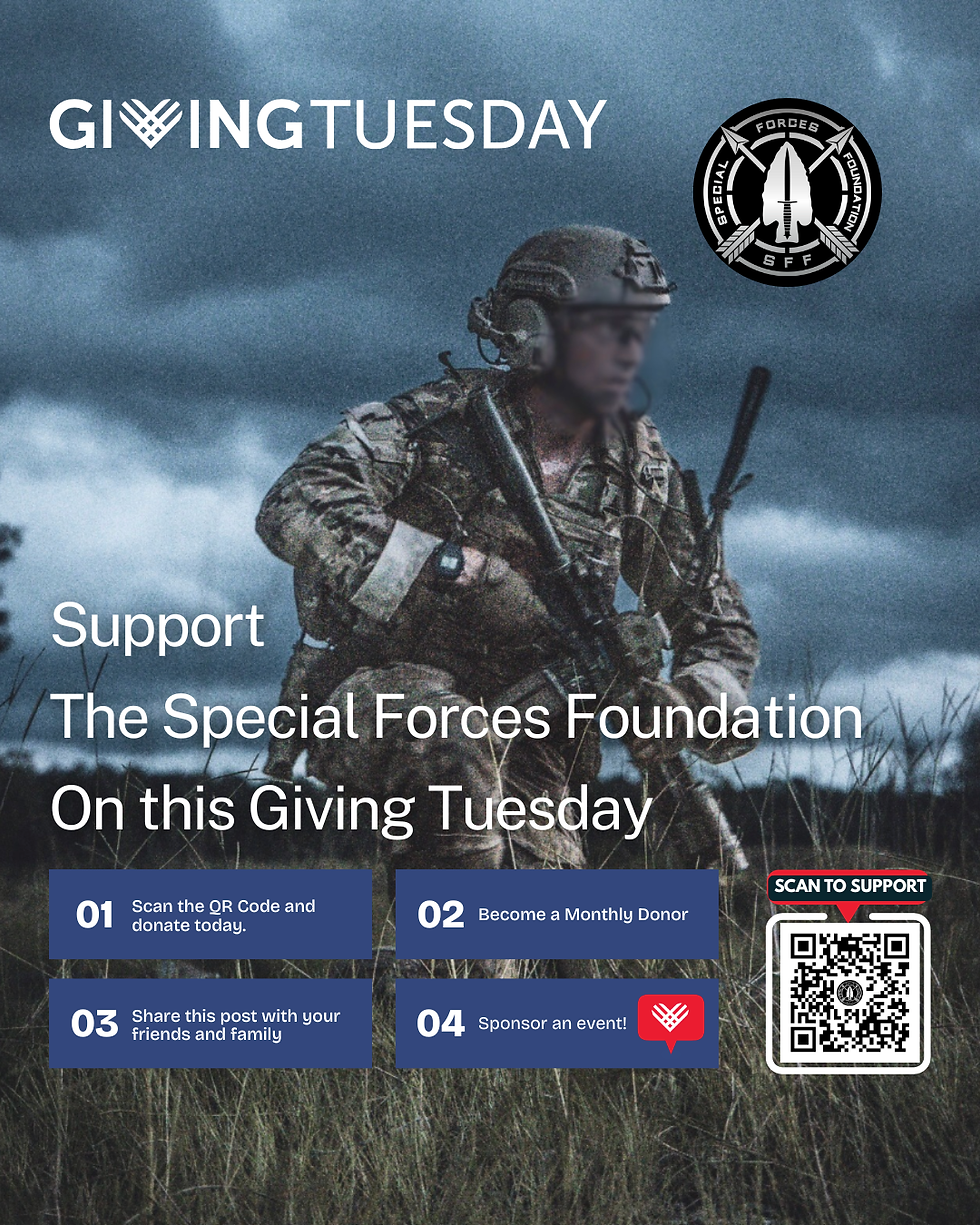Protecting Brain Health in the Line of Fire: How Blast Exposure from Military Training Is Quietly Harming Operators
- Security Halt Podcast

- Mar 25
- 3 min read
In the latest episode of the Security Halt! Podcast, host Deny Caballero sits down with Dr. James Engall of BAM Analytics to explore one of the most pressing yet under discussed topics in tactical performance: the long-term effects of blast exposure during military training and law enforcement operations.
This eye-opening conversation sheds light on how repeated blast exposure—particularly from weapon systems during routine training—can silently erode brain health, cognitive performance, and long-term resilience for military personnel, SWAT teams, and special operators. And while the conversation is rich with alarming data, it’s also packed with actionable strategies and hope for those seeking smarter, safer training.

Blast Exposure: The Hidden Enemy in Training
While combat often gets the spotlight in discussions around traumatic brain injury (TBI), the real threat may be closer to home: the training grounds. According to Dr. Engall, a staggering 70-80% of blast exposure in military personnel—and up to 90% for SWAT operators—comes not from combat, but from training exercises.
These exposures aren’t always immediately noticeable. The concern lies in subconcussive blasts, repeated low-level exposures that don’t cause dramatic symptoms upfront, but gradually accumulate damage to neuroplastic systems, contributing to hearing loss, cognitive decline, neuroinflammation, and long-term mental health issues.
"We’re training hard—but are we training smart?" Dr. Engall asks.
Weapon Systems and Brain Health: Know Your PSI
Blast signatures vary greatly depending on the weapon. For example:
.50 caliber rifles can generate 4–5 PSI at the shooter’s position—well beyond safe thresholds.
Even M4s—considered standard—create around 0.4–0.5 PSI, with sound levels near 160–164 dB.
These pressures impact TBI risk, brain fatigue, and vestibular function over time. Many veterans and operators begin to experience symptoms—memory loss, disorientation, tremors, fatigue—without ever realizing it’s connected to years of training with unsuppressed or poorly managed weapon systems.
Suppressors, Deflectors, and the Future of Tactical Safety
The good news? There are innovative, field-tested tools available now to drastically reduce blast exposure—without sacrificing combat readiness:
Flow-through suppressors like those from Huxworks can reduce .50 cal PSI from 4–5 to 0.06 PSI.
Thunderbeast suppressors offer exceptional pressure mitigation while maintaining elite weapon performance.
Linear compensators and blast deflectors are viable alternatives when suppressors aren’t an option.
Training smarter doesn’t mean dialing back intensity—it means leveraging technology to reduce unnecessary risk while still preparing warriors for the fight.
Enter the Blast Mat: Visualizing Invisible Risk
One of the most exciting tools discussed is the Blast Mat, developed by BAM Analytics. This revolutionary system creates heat map visualizations around weapon systems, helping shooters identify safer zones during training—often just inches or feet away.
By placing sensors around firing positions, the Blast Mat allows for real-time blast mapping, offering a tangible, visual breakdown of where pressure spikes and how to adjust positioning for safer outcomes.
“It’s not about making training soft,” says Deny Caballero. “It’s about training smart, protecting our people, and increasing their operational longevity.”
Operation Blue Shield: Brain Health Recovery and Mental Wellness
Beyond mitigation, Operation Blue Shield is leading the charge in recovery. Combining data-driven analytics with a focus on brain health and mental recovery, the initiative emphasizes recovery protocols post-training exposure.
Incorporating neuroplasticity support, dietary strategies, rest, and cognitive training, this program reflects a holistic approach to operator wellness—one that understands that the brain is a weapon too, and needs protection and recovery like any other system.
A Cultural Shift: Smarter Training Saves Lives
The military and law enforcement communities are built on resilience, toughness, and mission-first mindsets. But as Dr. Engall and Deny emphasize, embracing vulnerability and data-driven adjustments isn’t weakness—it’s leadership.
The idea of training smarter involves:
Rethinking training schedules to include recovery time.
Using tools like suppressors, deflectors, and Blast Mat tech.
Educating leadership and operators on the cognitive costs of repetitive training exposure.
It’s time for a cultural shift that values longevity, brain health, and operational efficiency, ensuring our best don’t burn out before the real mission begins.

🎧 Listen to the Full Episode and learn about blast exposure
This conversation isn’t just for operators—it’s for trainers, commanders, medics, and policy makers. If you're involved in military training, SWAT, or tactical instruction, this episode will change how you view safety, risk, blast exposure and long-term brain health.
🔗 Apple Podcasts: Listen here
🔗 Spotify: Stream now
📺 YouTube: Watch the full episode
☕ Support the show: Buy us a coffee
Don’t forget to follow, like, share, and subscribe on all platforms to stay connected to more veteran-led discussions that challenge the status quo and promote total warrior wellness.
#blastinjuries #militarytraining #brainhealth #TBI #mentalhealth #trainingresilience #greenberets #lawenforcement #securityhaltpodcast #drjamesengall #denyCaballero #veteranhealth #BAManalytics #blastmat #operationblueshield










Comments